Heading out to shoot a storm can be a great way to come back with some exceptional landscape photography. As you can see from the photographs below, storms often result in moody, dramatic and eye-popping images. But there are a lot of things to think about before you go out on a shoot like this, not all of them necessarily photography related. These are a few things you may want to consider.
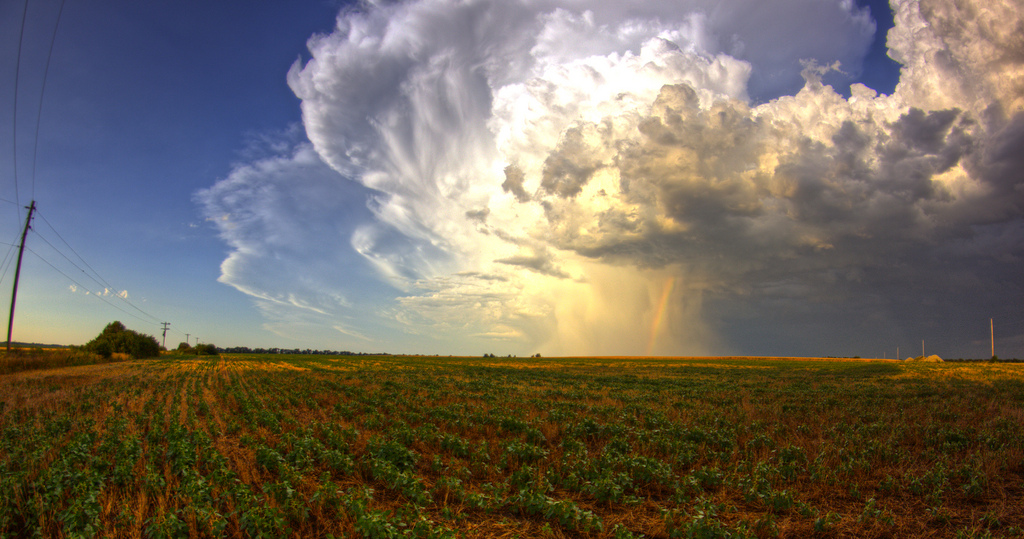
Stay Safe – Carrying a bunch of metal gear around a field in a lightning storm is not necessarily the brightest thing to do. Add into the fray that things are going to get wet and windy and possibly cold and inundated and you start to get the possible makings of a very dangerous situation. As any outdoorsman will tell you, when you think you take on nature and win, it will turn around and bite you on the ass. So be sensible here. There will still be great photographs to take before or after the storm has passed so don't get impatient.
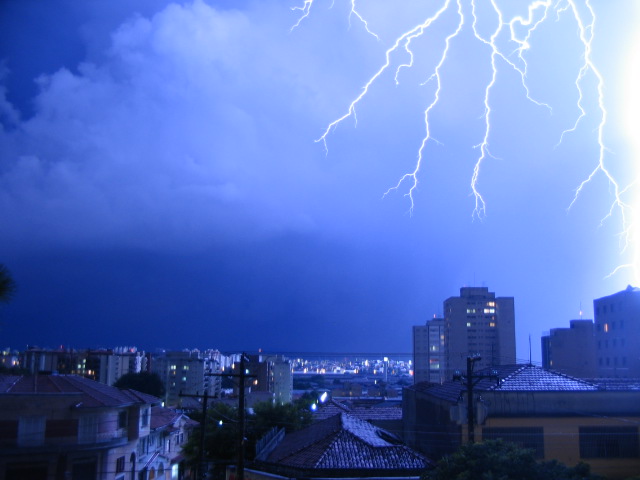
Stabilise Your Camera – In a storm the light is going to be doing all sorts of funky things – including disappearing so much that it will be close to impossible to hand hold your camera and still get a reasonable shot. Now if it's windy, and it probably will be, then you're still going to have problems even with a tripod, but it's worth taking anyway. If you like, you can hang something heavy off it to help stabilise it (like your camera bag or something even heavier). Don't be shy about getting inventive with ways to stabilise your camera. Jam your tripod into the soft earth, jam rocks against and hide behind large objects to get out of the worst of the weather. But windy conditions will destabilise your camera so do what you can to fight it.

Take an Umbrella – I used to have one of those super duper golf umbrellas made of graphite with overlaid material to allow the wind through (so it wouldn't turn inside out). When photographing in nasty weather it was awesome. It was so big! I could practically put it next to my tripod and stop a lot of the wind and help stabilise my camera. It was the best thing I ever stole from work! Buy one, beg for one or steal one – you won't regret it.
Consider a Camera Raincoat – You can get a cool little piece of plastic for just these occasions. Consider grabbing one.

Take Your Filters – It's very difficult to predict how a storm will behave. Even when you can predict it, you will almost certainly know that a storm changes behaviour very quickly as it's passing over an area. Following on then, you will either have trouble predicting the lighting conditions or they will be changing a lot. Often even a dark storm will emit enough light to warrant using ND Grad filters to help reduce exposure from the cloudy sky. Take a few Grads and Neutral Density filters because they will come in handy. A circular polarising filter can also come in quite handy.

Take a Lens Cloth – Even when you're really really careful, your gear is almost certain to get a little wet. Take a couple of cloths, towels and some lens cloths to dry everything. If your gear gets wet, remember to pat it dry rather than wipe it dry.

Hang Around – Often you can get some stunning images well before or well after a good storm. If you're on the coast, then storms will often come in from or head out to sea which can be an opportunity for incredible shots. Shooting storms from a distance allows your audience to comprehend the size and intensity of the weather system by comparing it to the surround imagery in context. So stick around well before and after a storm and see if you can get a shot like this.

Compose Your Shots – It's very easy to get carried away in a moment when the storm is gathering, the wind is blowing and things are getting exciting. The strong temptation is to just start snapping away. Remember though that you still need to consider what is going to make a good photograph. Can you find an interesting foreground? What other elements, other than the storm, are you going to use to compose your shots?

Don't Forget About Lightning – If you're shooting at night, you have a good chance to capture some lighting. Focus at infinity, mid to high range aperture, low ISO and a long shutter speed will probably be your starting point. It can be hit and miss, but it's worth a try and can result in some great photographs.

Storm photography can be a lot of fun result in some of your favourite images, but stay safe! No storm photograph is worth jeopardising your safety and many of the best shots can be had before or after the worst of the storm anyway.



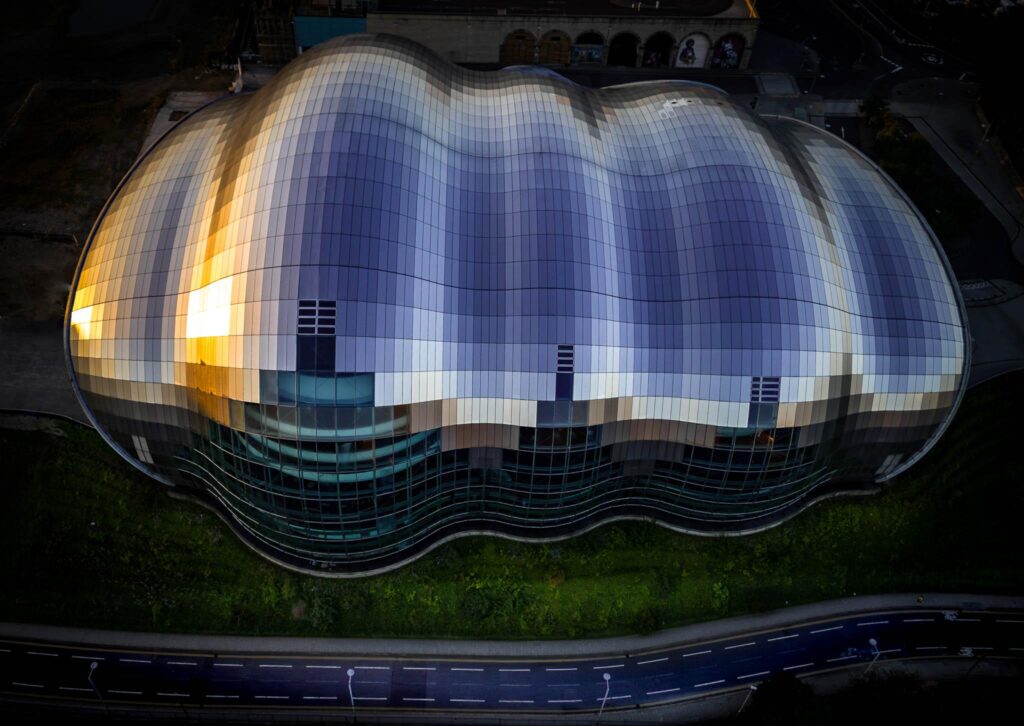
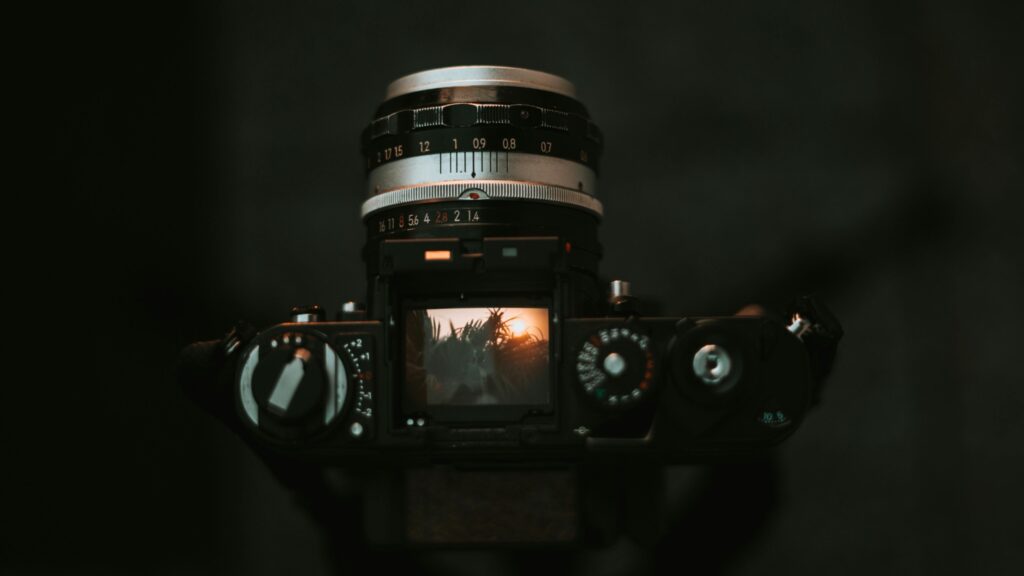

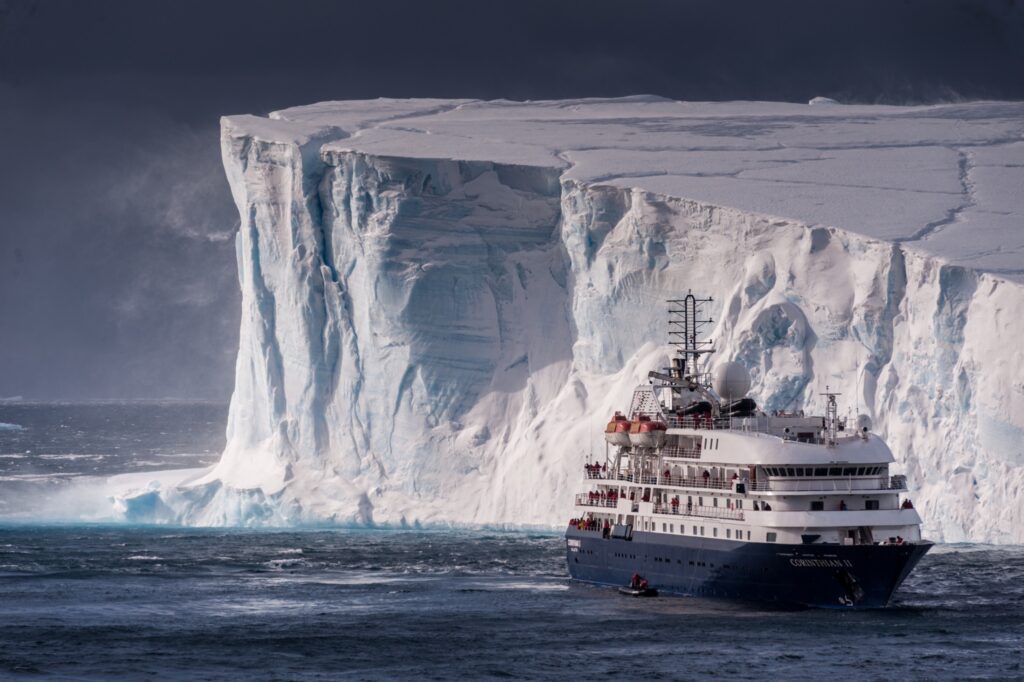
12 Comments
The second image doesn’t belong to the person whose credit is displayed here, not the first or last time that Mike Hollingshead work will be stolen;
https://www.extremeinstability.com/
If you like Severe Weather make sure you check out his site above.
A wireless remote can come in handy if you don’t want to be standing next to your tripod/camera.
Yep. I just emailed the real owner and took down the image from the post. 🙁
Unfortunately, one of the above photos is stolen off of another website.
Damn, I have taken that down and contacted Mike. 🙁
Interesting piece. I’d add that whenever possible, I try to not use a tripod or monopod or umbrella. Lightning will seek out such things, so I only use them when storms are far away, or when they’re absolutely necessary.
one other thing regarding safety that is not mentioned is that one should have a portable NOAA Weather Radio with them.
NOAA Weather Radio is also know as NOAA All Hazards Radio
Weather Alert Radio ETC…
For more information on these types of radios go to the following link
https://www.nws.noaa.gov/nwr/
The second image is really cool, especially with the sun shining behind the rain.
Here is a link to a funnel cloud which went over a lake. I stood under the roof of a shelter and used my tripod.
https://www.flickr.com/photos/ken-b-images/3449522266/
Ya, we got duped. Have contacted Mike.
Some great shots here. I use a window mount for my camera so I can sit in the comfort of my truck while the lightning dances.
I chased this storm until 3am….
https://www.flickr.com/photos/36775022@N00/117388447/
nice photos and tips.. i took a storm photo recently and it got featured in the Flickr blog.
you can see it @ https://www.flickr.com/photos/vinothchandar/5154083569/
Love these shots, favourite is the Caribbean type boat one. Awesome colours and you can see the trouble ahead.
Great tips & beautiful shots. I especially like the last one—the green water and the storm in the background is really unique.